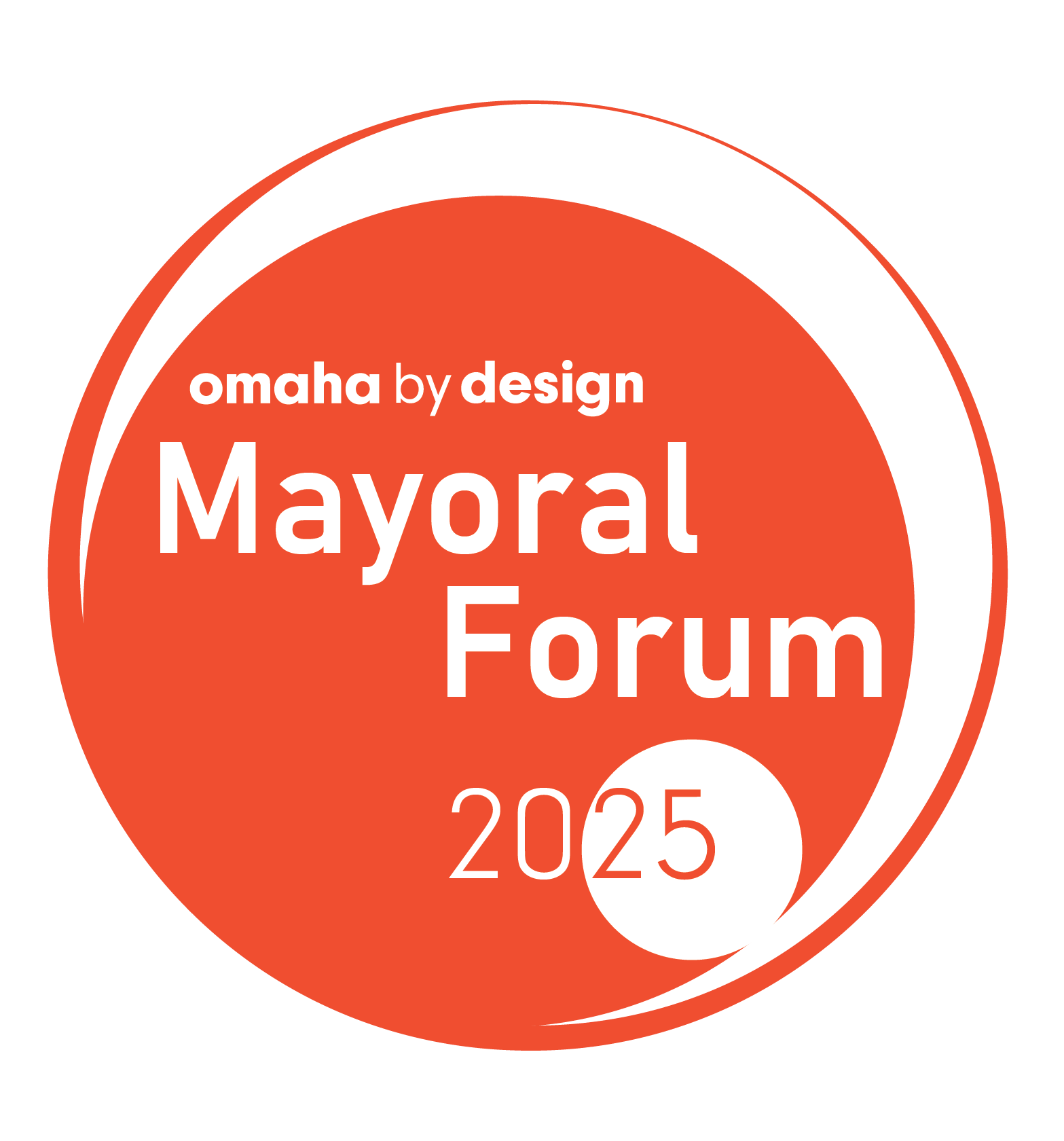
Affordable by Design (AxD) is a collaborative program that explores how innovation can accelerate the production of affordable housing. The core of AxD is a collection of Playbooks featuring free to use conceptual designs for efficient and affordable homes. Each Playbook was built through a community-focused design process centered on real-world development sites, but the resulting designs can be replicated in neighborhoods across the metro.
Developers, architects, policymakers, and community members are invited to use the AxD Playbooks as a starting point for their own projects, or simply as a starting point for a better conversation about the housing Omaha needs.
AFFORDABLE BY DESIGN
Design Innovation in Pursuit of Affordable Housing Solutions
Affordable by Design (AxD) is a collaborative program that explores how innovation can accelerate the production of affordable housing. The core of AxD is a collection of Playbooks featuring free to use conceptual designs for efficient and affordable homes. Each Playbook was built through a community-focused design process centered on real-world development sites, but the resulting designs can be replicated in neighborhoods across the metro.
Developers, architects, policymakers, and community members are invited to use the AxD Playbooks as a starting point for their own projects, or simply as a starting point for a better conversation about the housing Omaha needs.

ADU at The RiverFront (2025)
ADU at The Riverfront is based off of APMA’s first-place winning design in AARP and the City of Omaha’s ADU for U competition. This Accessory Dwelling Unit is on display at The RiverFront this summer, offering a firsthand look at how ADUs can enrich Omaha’s neighborhoods with compact, flexible housing. Stop by to explore the possibilities, gather inspiration, and learn how you can create a new home in your own backyard.
learn more
AXD HOUSING
PLAYBOOK (2022)
The first AxD Playbook is a collection of modern single-family home designs created by Alley Poyner Macchietto Architecture in collaboration with Seventy-Five North. A series of homes based on these designs have been built and sold as a part of Seventy-Five North’s Highlander neighborhood.
Download PDF
AXD MISSING
MIDDLE PLAYBOOK (2024)
The AxD Missing Middle Playbook was produced in partnership with Holland Basham Architects and inCOMMON Community Development. This Playbook includes designs for flexible townhome, duplex, and triplex homes that can be combined and reconfigured to fill a variety of sites.

DUPLEX BY DESIGN
(2024)
Duplex by Design is a collection of three winning designs from an AARP-sponsored competition for age-accessible duplex homes. These inspiring designs from Holland Basham Architects, Actual Architecture, and Oscar Avila, demonstrate unique approaches to creating housing that works for everyone.
Download PDF

